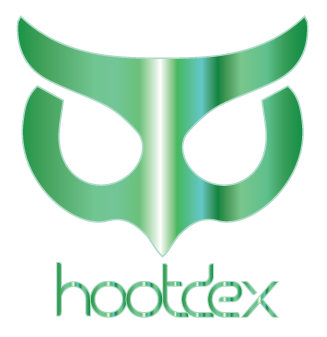Comparing Gold and Bitcoin: An Overview
Gold and Bitcoin are often compared due to their roles as alternative investments and stores of value. This comparison explores their similarities, differences, and the reasons behind Bitcoin’s nickname as “digital gold.”
Gold vs. Bitcoin: Key Comparisons
1. Nature and Form
- Gold: A physical, tangible asset with intrinsic value, used for centuries as a store of value, jewelry, and industrial applications.
- Bitcoin: A digital, intangible asset created in 2009 by an unknown person or group using the pseudonym Satoshi Nakamoto. It exists purely in the digital realm and is decentralized.
2. Scarcity and Supply
- Gold: Limited by the amount of gold that can be mined from the earth. Its supply increases slowly over time as new gold is discovered and mined.
- Bitcoin: Has a maximum supply of 21 million coins, which are mined through a process called “proof of work.” This fixed supply makes Bitcoin inherently scarce.
3. Use Cases
- Gold: Used for investment, jewelry, and various industrial applications.
- Bitcoin: Used for investment, as a medium of exchange, and as a base for decentralized applications (dApps) and financial services.
4. Storage and Portability
- Gold: Requires physical storage and security measures. It is bulky and difficult to transport in large quantities.
- Bitcoin: Stored digitally in wallets, making it easy to transfer and store securely with proper precautions.
5. Market Behavior
- Gold: Traditionally seen as a safe-haven asset, its price tends to rise during economic uncertainty.
- Bitcoin: Also considered a safe-haven by some, but it is more volatile and influenced by technological advancements, regulatory news, and market speculation.
6. Transparency and Verification
- Gold: Its purity and authenticity need verification through physical assays.
- Bitcoin: Transactions and supply are transparently verifiable on its blockchain, ensuring trust through cryptographic proof.
Why Bitcoin is Considered Digital Gold
1. Scarcity
Bitcoin’s fixed supply of 21 million coins mimics gold’s natural scarcity, making it a deflationary asset.
2. Store of Value
Like gold, Bitcoin is seen as a hedge against inflation and economic instability, preserving value over time.
3. Decentralization and Trust
Bitcoin operates on a decentralized network without central control, similar to how gold’s value is independent of any single government or institution.
4. Portability and Divisibility
Bitcoin’s digital nature makes it more portable and divisible than gold, allowing easy transfers and transactions.
Blockchain with Native Digital Assets: Pecu Novus and PECU Coins
1. Store of Value
- Fixed Supply: Pecu Novus, with its native PECU coins, has a maximum supply, similar to Bitcoin. This scarcity principle supports its value as a store of value.
- Inflation Hedge: The fixed supply helps PECU coins act as a hedge against inflation, maintaining value over time.
2. Technological Base for Future Growth
- Smart Contracts and dApps: Pecu Novus provides a platform for building decentralized applications and smart contracts, enabling various use cases beyond just a store of value.
- Security and Transparency: Blockchain technology ensures secure, transparent transactions and record-keeping.
- Scalability and Innovation: Pecu Novus is designed to support scalability and continuous innovation, allowing for future technological advancements and expanded use cases.
3. Use Cases and Adoption
- Financial Services: PECU coins can be used in decentralized finance (DeFi) applications, enabling new financial services and products.
- Tokenization: The blockchain supports tokenization of assets, creating new opportunities for digital ownership and trade.
Gold and Bitcoin share similarities as scarce, valuable assets, but they differ in form, use cases, and market behavior. Bitcoin, often referred to as digital gold, offers advantages in portability, divisibility, and verifiability through its blockchain technology. Meanwhile, blockchains with native digital assets like Pecu Novus provide a store of value and a robust technological base for future growth, supporting a wide range of applications and innovations. This combination of scarcity and technological potential makes these digital assets compelling alternatives and complements to traditional investments like gold.
